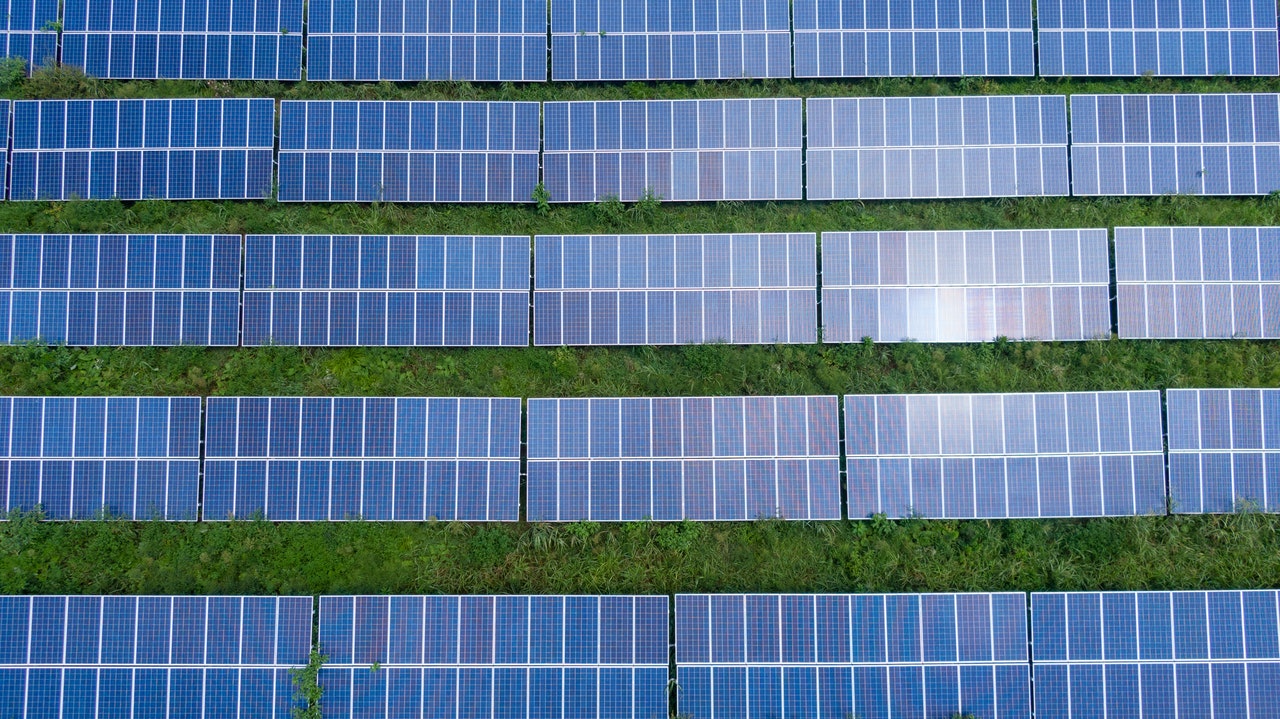Less than a mile from the sea otter-infested kayak estuary, row upon row of tall, white steel cabinets sit on low concrete platforms with gravel paths in between – all is quiet except for the occasional faint hum of fans and the cawing of seagulls overhead.
A passer-by may mistake this place for a self-service warehouse, but old furniture and souvenirs are not stored here – there is solar energy. All day long, electricity from solar panels feeds California’s power grid and is too plentiful to use during daylight hours, when demand is lower. The surplus is stored here in Pacific Gas & Electric’s 182.5 megawatt Moss Landing Elkhorn battery system.
It once housed the state’s largest fossil fuel power plant. Elkhorn is one of dozens of utility-scale lithium-ion battery systems nationwide that feed renewable energy back into the grid when needed. “This is a future beyond fossil fuels, a future with clean air and a stable climate,” said David Hochschild, chairman of the California Energy Commission.
Rows of white Elkhorn boxes, called general-purpose batteries, can hold solar energy for up to four hours. It helps close a critical window as the sun goes down, as tens of millions of Californians return home, turn on their air conditioners and turn on their stoves to cook dinner, a period called the “evening ramp.”
The fully charged power station at Elkhorn provides enough electricity to meet the immediate needs of PG&E customers in nearly 275,000 homes. The storage allows the utility to avoid getting electricity from more expensive natural gas power plants that are needed only for peak demand.
It proved its worth 10 days after the battery system was certified for operation on April 17. “We were charging batteries at $10 per megawatt hour. When we started using this power at peak times, it cost $100 per megawatt-hour,” PG&E CEO Patty Poppe said at a system launch last week.
During this year and last year, PG&E commissioned six major facilities in the state that together can store about 1,000 megawatts of energy. It has contracts for another 2,374.5 megawatts through 2024. PG&E also receives power from a plant next door to Elkhorn, owned by Vistra Corp. from Texas. It has a capacity of 400 megawatts, with plans to add another 350 megawatts in the coming years.
More than 2 gigawatts of batteries were installed in California last year, Hochschild says, and now there are more than anywhere else in the world. “This is an incredible success story,” he said. “It is clear that we have entered a golden age of energy storage.”

